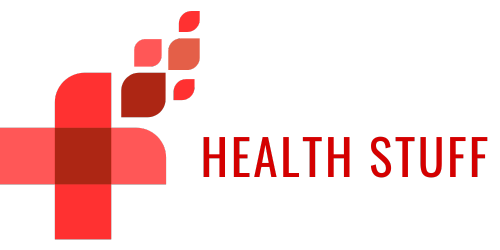How has Patricia managed to differentiate herself from regular chatbots?
Conversational AI vs regular chatbots
Advanced, healthcare-based AI can be quite useful in the world of healthcare. Aside from establishing better and easier communication with patients, a natural language processing engine such as Patricia can help with many other administrative tasks as well. This, and many other things distinguish Patricia from regular chatbots. So, let's take a closer look at all of the different ways an NLP engine AI such as Patricia differs from regular chatbots. Additionally, we will also cover all of the different tasks and services that AI can help with.
What are chatbots?
To start with, we should go over a few basics when it comes to chatbots. Essentially,y Chatbots are computer programs or machines that can ‘chat'. However, this is a very broad definition that does not really explain how a chatbot 'chats'. The most common way chatbots interact with humans is through texts. There are two different categories of chatbots: rule-based chatbots and AI chatbots.
When we mention regular chatbots we usually mean rule-based chatbots. These chatbots can only answer a given set of questions and cannot really form a meaningful conversation. Furthermore, regular chatbots can only perform when a conversation is a Q&A type conversation. They communicate through pre-set rules. These bots are similar to automated phone menus. So, a person would select and make a series of choices and the chatbot would respond based on the previously built response system.
So, how about AI chatbots? These kinds of bots use machine learning, natural language processing, or both to understand user intent and form responses. When it comes to conversational AI, you might be wondering how exactly it relates to these chatbots that we have mentioned. Well, chatbots are a type of conversational AI. Conversational AI refers to technologies that can recognize and respond to speech and text inputs. However, thanks to the constantly evolving AI technology as well as technology overall, conversational AI based on NLP engines is now much more efficient at not only understanding the human language but also being able to utilize it fully.
NLP-powered AI
A natural language processing engine that is built 100% for healthcare interactions will always have a huge advantage over any kind of chatbot and also call center. When it comes to regular chatbots, we have already covered some of their flaws in communication. Although they can be utilized in patient communication, they will not be very efficient. However, an AI such as Patricia has the ability to improve communication with patients drastically. Why is this the case exactly?
Patricia as an AI constantly learns ad develops. First, it was trained and taught how to engage and interact. However, thanks to its machine learning capabilities, Patricia can constantly grow and learn new things as well as perform new tasks. So, with a dedicated team of experts behind Patricia, many problems that come with the usage of call centers or regular chatbots can be avoided. Additionally, this kind of AI can also help health clinics, around the world, perform their administrative tasks in a much better, quicker, and overall efficient manner.
Patricia efficiently communicates with patients and helps clinics with their administrative tasks
In the world of healthcare, there are all sorts of administrative tasks that clinics need to perform and manage. However, when an increase of patients happens, as was the case during the global pandemic of 2020, clinics can quickly get overwhelmed by not only the number of patients but also a number of administrative tasks. All of this can slow down the work of a health clinic and decrease the number of patients a health clinic can receive.
However, AI such as Patricia focuses on delivering new and innovative solutions to these problems. Patricia can help health clinics by scheduling, rescheduling, setting up doctor's agendas, confirming appointments, sending preventive campaigns, and so much more. All of these tasks take a lot of staff, energy, and time. But an AI can function 24/7 and receive as many patients as needed. Thanks to its conversational AI abilities, Patricia learns from each interaction with patients. This allows Patricia to form a much more direct and closer bond with patients. It can approach and interact with each patient differently, depending on what a particular patient likes or dislikes.
By gathering and processing a ton of data, Patricia can show clinics which areas need to improve, why certain patients are canceling appointments, as well as which patients are more likely to reschedule or cancel their appointments.
Health clinics can receive more patients with the use of AI
As you can see, chatbots and an NLP-powered AI such as Patricia are quite different. Patricia has many more capabilities and helps clinics increase their outreach as well as perform various administrative tasks. Communication with patients is also crucial in the world of healthcare. By being able to understand and truly form meaningful conversations with patients, Patricia can give patients all of the information they need on time and accurately.
The margin for error is extremely low when using an AI. This is because once an AI does make a mistake it cannot make it again. Furthermore, a team of dedicated experts is behind each AI, Patricia included, and their main objective is to make sure that everything runs properly and Patricia gets to expand more and more. The benefits of using AI in healthcare are many, and health clinics, all over the world, are beginning to utilize new and innovative AI solutions that help clinics expand and improve their work and patient outreach with many digital services and platforms.
 English
English Español
Español
